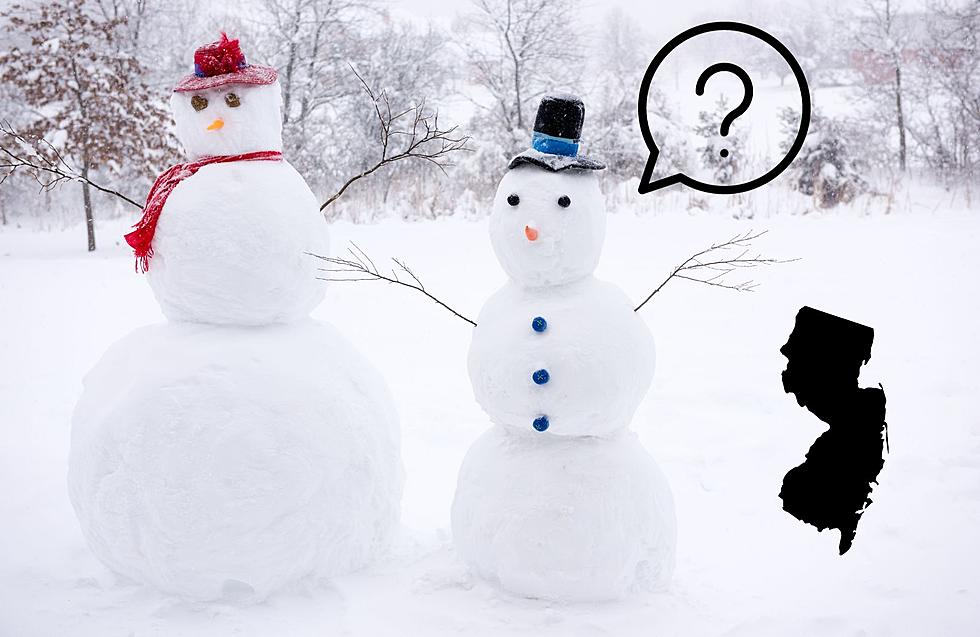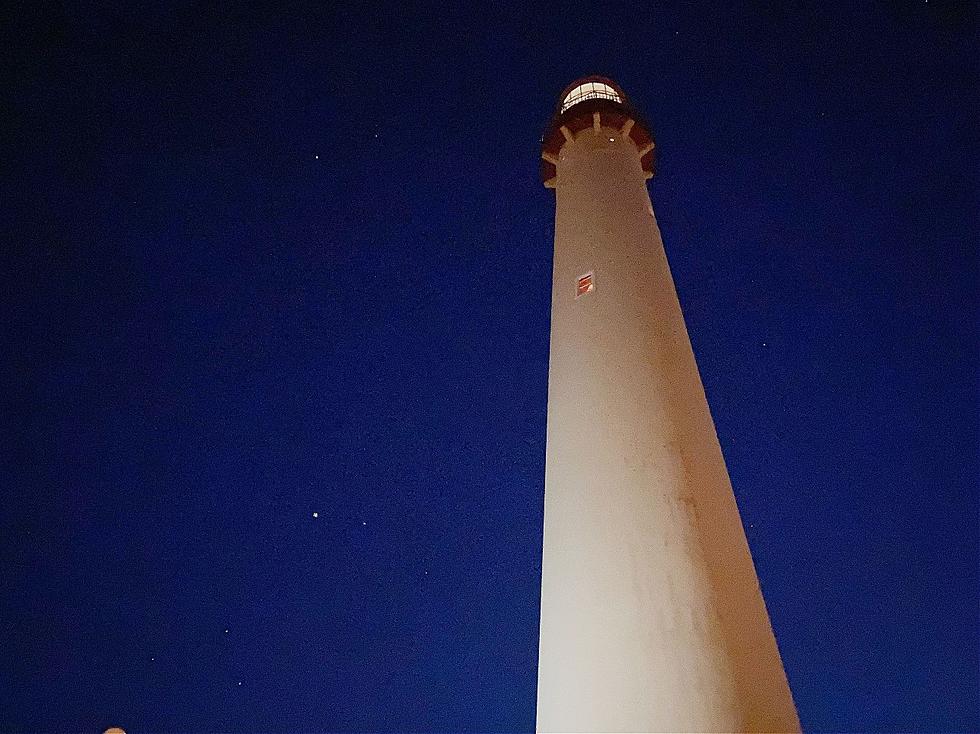
When Will New Jersey See its First Snowfall? Early!
A while back I wrote about The Farmer's Almanac's Winter 2023-2024 Forecast.
The Almanac has been predicting weather far in advance for hundreds of years.

Most take the long-range thoughts with a grain of salt because, in reality, it's impossible to call out weather patterns specifically months and months in advance.
As usual, Farmer's Almanac is predicting a snowy New Jersey winter.
Their specific wording is "frosty, flakey, and slushy."
It's worth noting that last winter we were told to prepare for a ton of the white stuff and barely saw a couple of flakes.
Now another weather giant has released its winter forecast and it looks like The Farmer's Almanac may not be too far off.
There's one major factor. El Niño.
According to The National Weather Service:
El Niño is a warming of the ocean surface, or above-average sea surface temperatures (SST), in the central and eastern tropical Pacific Ocean. Over Indonesia, rainfall tends to become reduced while rainfall increases over the central and eastern tropical Pacific Ocean.
How much snow will New Jersey get in the winter of 2024?
AccuWeather is predicting New York City and the surrounding areas are likely to see 18-26 inches of powder.
As far as when winter weather will be most active, they say gear up for nor'easters in late January and February that could dump a bunch of snow in New Jersey. Now you know when to book your vacation to the islands.
The most shocking takeaway from AccuWeather is that New Jersey could see its first flakes as early as November.
Again, it really is way too early to know for sure, but it looks like El Niño is certainly going to play a part.
LOOK: The most expensive weather and climate disasters in recent decades
Gallery Credit: KATELYN LEBOFF
More From 92.7 WOBM








